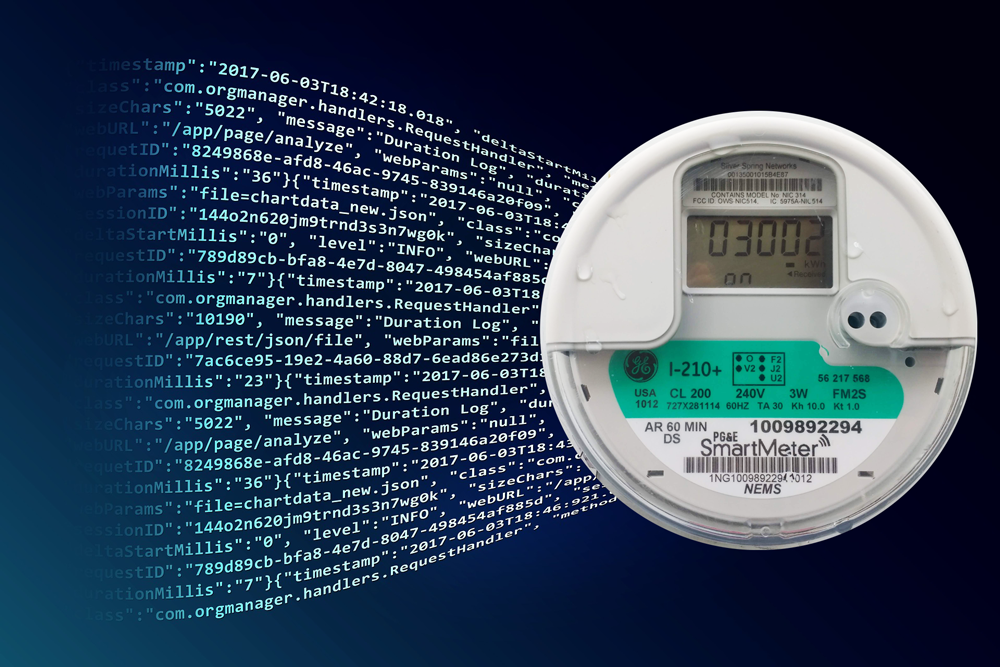Data Corner: Big Data Means More Efficient, More Effective Service
Mar 8, 2019

Thanks to the massive investment in smart electric meters made by the state over the last decade, utilities collect a steady and granular stream of consumption data from customers. EBCE is no exception, receiving data from 500,000 residential meters on an hourly basis and 50,000 commercial and industrial meters every 15 minutes.
That adds up to over 6 billion data points per year. Add to that the previous four years of data acquired from PG&E, and it already amounts to 3.3 terabytes of data. “Companies like Facebook sneeze at that amount of data – they collect more than 6 times as much every hour,” says Taj Ait-Laoussine, Vice-President for Technology & Analytics. “But it is a lot.”
That data is collected for EBCE by PG&E and is used primarily for billing, especially as more customers move to time-dependent rates. But it can do so much more.
Working with Numbers
To put that data to work, EBCE has created a data analytics platform that is unique among CCAs in California. It consists of a set of analytical tools built on a cloud-based platform that help with load forecasting, customer management, rate design, program marketing, and accounting.
EBCE staff are able to access the data to tackle any number of problems. The most basic application (or “use case” in business jargon) is understanding EBCE customers. “We can track enrollments, opt-outs, opt-ups by kWh, view the load profile of certain customer types, or track the number of CARE customers across our jurisdictions, for example,” Taj says. “General slicing and dicing of the data.”
The next use case is “shadow reporting,” where EBCE runs reports to double-check the transactions that come from PG&E and that go through third party vendors. EBCE can run its own reports to ensure that the correct billing transactions have been posted and to ensure that its settlement with the Independent System Operator (CAISO) lines up with the data it acquires.
The third, and probably most important application so far, is forecasting load and revenues. Based on past behaviors, the tools can model load for the system as a whole, for certain regions, or for certain types of customers.
“We look at 25 distinct rate classes, then model each month, weekday and hour separately — 50,400 different dimensions in all,” says Taj. “Then, for each customer, we determine the relative weight that represents them on all of those dimensions. So we can now predict, for example, the energy consumption for all residential net metering customers in Fremont on a Tuesday in August at 3:00 pm.”
That is useful for estimating future load and revenues, but also for creating a short term summary of recent and upcoming load patterns, which is given to the Scheduling Coordinator every day. The Coordinator schedules power purchases and deliveries through CAISO. Better visibility enables more accurate scheduling, and less need for expensive last-minute purchases. Before the data platform was set up, there was a gap in accessing that data. Now it happens in real time.
Customer Focused
The data is also is useful for marketing, such as identifying and signing up individual customers for energy efficiency programs. “We can correlate consumption to weather on an hourly basis,” explains Taj. “Customers with high correlations must be using a lot of air conditioning or electric heat, so they are good candidates for energy efficiency help.”
Better visibility helps EBCE design programs tailored to customer needs and to reach them more cost-effectively. “We can spend less money on programs and get better engagement,” Taj says.
The platform can quickly generate detailed reports to customers on request, which is especially attractive to large commercial and industrial customers seeking ways to cut costs.
And it can enable new programs, like the 2018 demand response pilot where EBCE tested the potential for large customers to cut demand in response to price signals.
“Basically, it allows us to be more efficient, to do things faster and with less resources,” says Taj. “It will result in greater customer retention and customer satisfaction.”